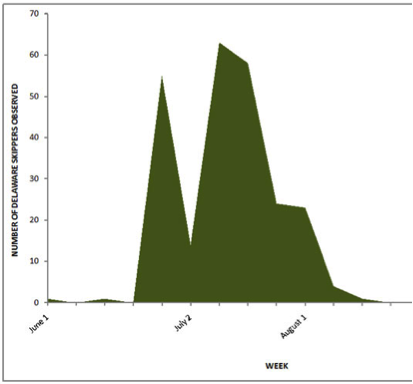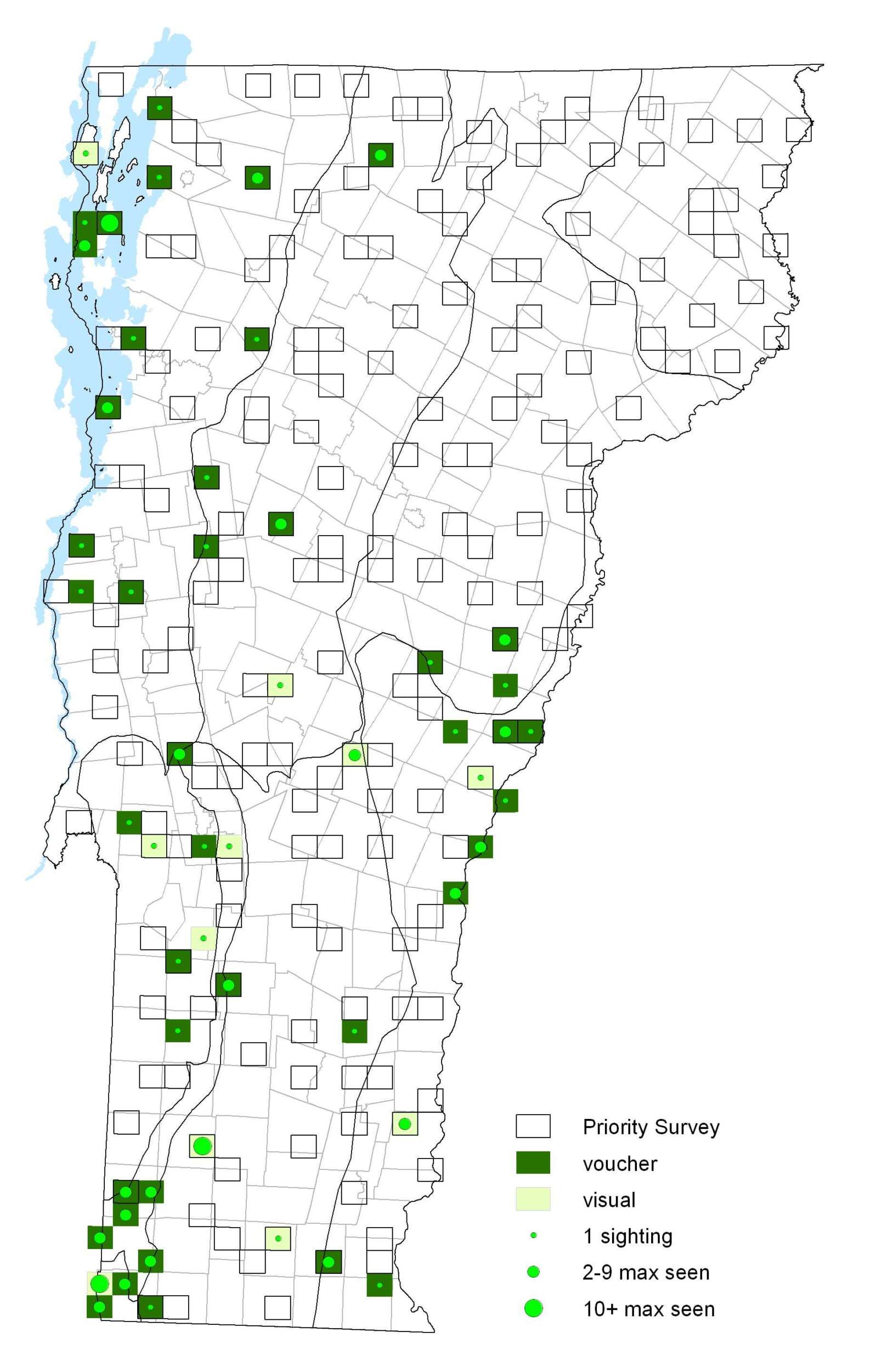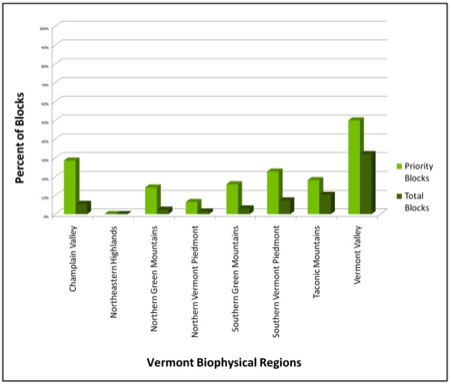|
Resident Conservation Status North American Range |
Once a member of the genus Atrytone, now belonging to Anatrytone, Delaware Skipper is generalist and while not widespread, seems adaptable to nearly any environment. It is a rapid, erratic flier, but is usually easy to identify in the field due to its bold and striking coloration. Males perch within two feet of the ground in open, grassy areas or along streams to await receptive females and mating has been observed in the early afternoon. Females deposit eggs singly on host plant leaves. Caterpillars make nests of leaves.
Identification
Small, but average size for a skipper. Wings are bright yellow-orange. Upperside has black borders and black veins near the margins; forewing has a black bar at the end of the cell. Females have wider borders and darker markings than males. Underside has no markings but may have darker orange veins.
Flight
One brood from late June into August during VBS. Extreme dates: 1 June 2007 in Castleton (R. Pilcher) and 14 August 2003 in Burlington (C. Gifford).
Distribution and Habitat
Found throughout most of Vermont during VBS, but becoming uncommon northward in Northern Green Mountains, the Northern Peidmont, and the Northeastern Highland regions. They use a wide range of habitats. Hostplants are Big Bluestem (Andropogon gerardi) and Switchgrass (Panicum virgatum). Adults nectar from pink and white flowers including milkweeds (Asclepias), mint (Pycnanthemum), Sweet Pepperbush (Clethra), thistles (Cirsium), and Pickerelweed (Pontederia).







